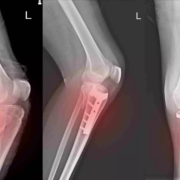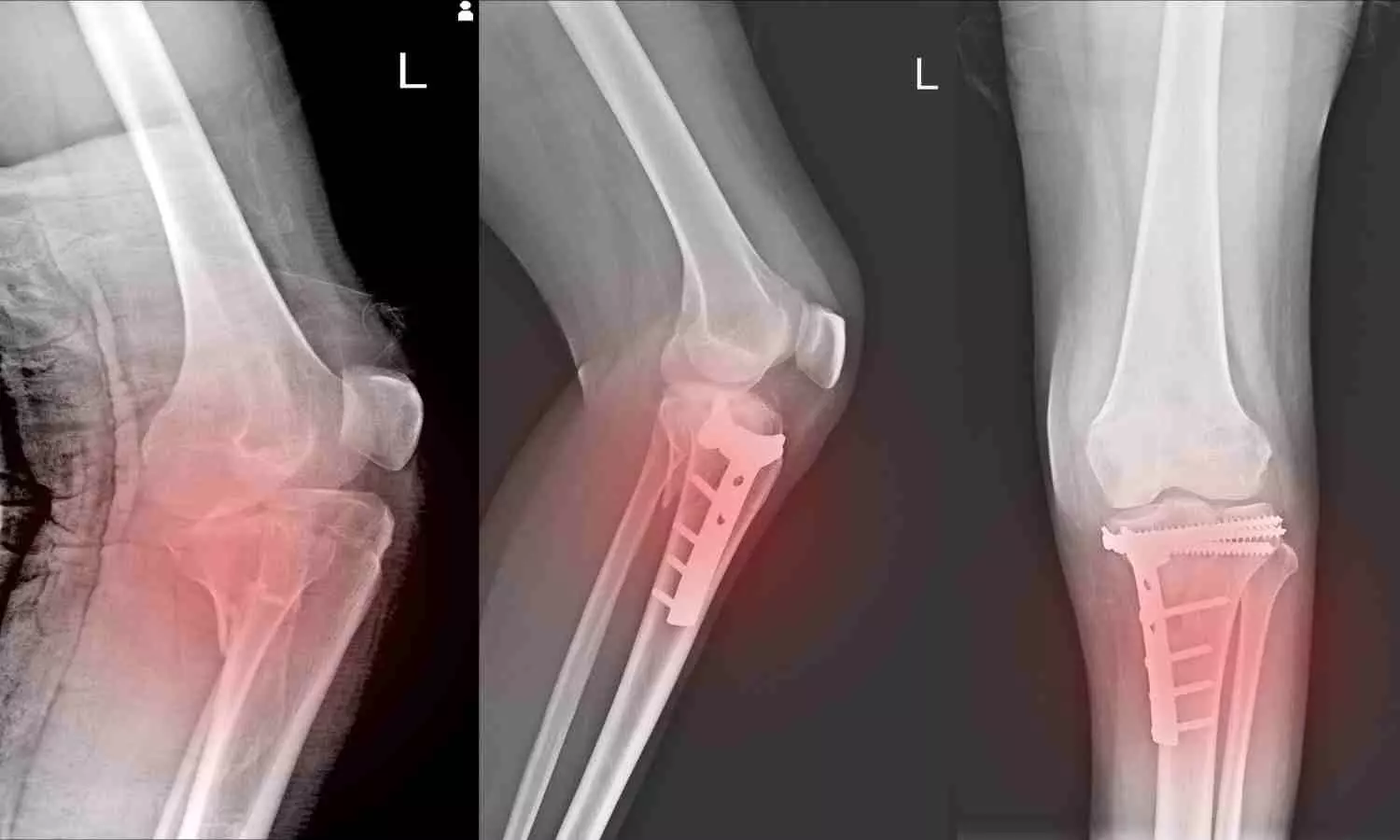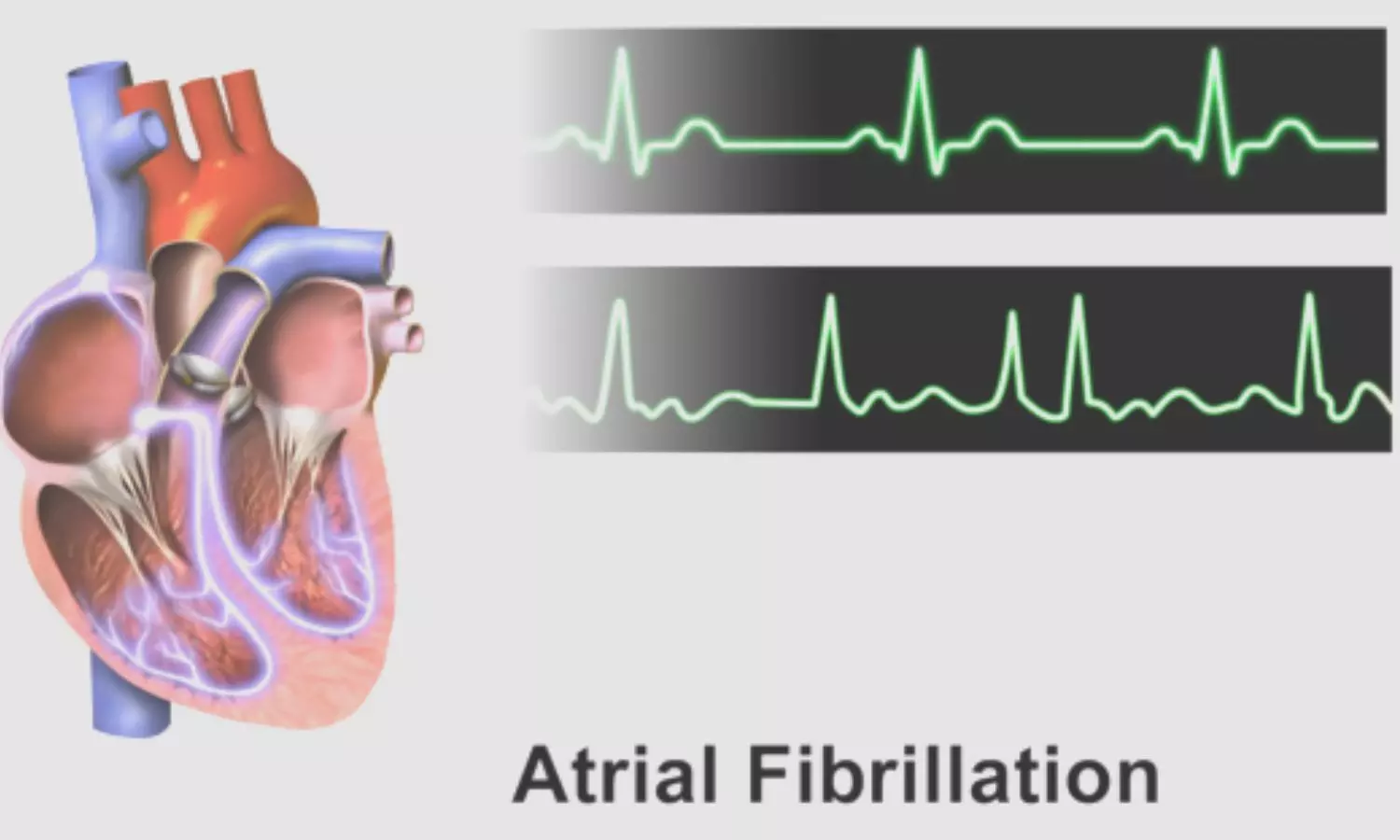Antipsychotics for dementia linked to more harms than previously acknowledged: BMJ

Antipsychotic use in people with dementia is associated with elevated risks of a wide range of serious adverse outcomes including stroke, blood clots, heart attack, heart failure, fracture, pneumonia, and acute kidney injury, compared with non-use, finds a study published by The BMJ today.
These findings show a considerably wider range of harms associated with antipsychotic use in people with dementia than previously acknowledged in regulatory alerts, with risks highest soon after starting the drugs, underscoring the need for increased caution in the early stages of treatment.
Despite safety concerns, antipsychotics continue to be widely prescribed for behavioural and psychological symptoms of dementia such as apathy, depression, aggression, anxiety, irritability, delirium, and psychosis.
Previous regulatory warnings when prescribing antipsychotics for these symptoms are based on evidence of increased risks for stroke and death, but evidence of other adverse outcomes is less conclusive amongst people with dementia.
To address this uncertainty, researchers set out to investigate the risks of several adverse outcomes potentially associated with antipsychotic use in people with dementia.
The outcomes of interest were stroke, major blood clots (venous thromboembolism), heart attack (myocardial infarction), heart failure, irregular heart rhythm (ventricular arrhythmia), fractures, pneumonia, and acute kidney injury.
Using linked primary care, hospital, and mortality data in England, they identified 173,910 people (63% women) diagnosed with dementia at an average age of 82 between January 1998 and May 2018 who had not been prescribed an antipsychotic in the year before their diagnosis.
Each of the 35,339 patients prescribed an antipsychotic on or after the date of their dementia diagnosis was then matched with up to 15 randomly selected patients who had not used antipsychotics.
Patients with a history of the specific outcome under investigation before their diagnosis were excluded from the analysis of that outcome.
The most commonly prescribed antipsychotics were risperidone, quetiapine, haloperidol, and olanzapine, which together accounted for almost 80% of all prescriptions.
Potentially influential factors including personal patient characteristics, lifestyle, pre-existing medical conditions, and prescribed drugs were also taken into account.
Compared with non-use, antipsychotic use was associated with increased risks for all outcomes, except ventricular arrhythmia. For example, in the first three months of treatment, rates of pneumonia among antipsychotic users were 4.48% vs 1.49% for non-users. At one year, this rose to 10.41% for antipsychotic users vs 5.63% for non-users.
Risks were also high among antipsychotic users for acute kidney injury (1.7-fold increased risk), as well as stroke and venous thromboembolism (1.6-fold increased risk) compared with non-users.
For almost all outcomes, risks were highest during the first week of antipsychotic treatment, particularly for pneumonia.
The researchers estimate that over the first six months of treatment, antipsychotic use might be associated with one additional case of pneumonia for every 9 patients treated, and one additional heart attack for every 167 patients treated. At two years, there might be one additional case of pneumonia for every 15 patients treated, and one additional heart attack for every 254 patients treated.
This is an observational study so no firm conclusions can be drawn about cause and effect, and the researchers cautioned that some misclassification of antipsychotic use may have occurred. And although they adjusted for a range of factors, they can’t rule out the possibility that other unmeasured variables may have affected their results.
However, this was a large analysis based on reliable health data that investigated a wide range of adverse events and reported both relative and absolute risks over several periods.
As such, the researchers say antipsychotics are associated with a considerably wider range of serious adverse outcomes than previously highlighted in regulatory alerts, with the highest risks soon after starting treatment, and are therefore of direct relevance to guideline developers, regulators, clinicians, patients and their carers.
Any potential benefits of antipsychotic treatment need to be weighed against risk of serious harm and treatment plans should be reviewed regularly, they add.
The findings of this study will equip healthcare professionals with more nuanced data to help guide personalised treatment decisions, say US researchers in a linked editorial.
They explain that international guidelines advise restricting use to adults with severe behavioural and psychological symptoms of dementia, but the rate of prescribing has risen in recent years, partly due to the relative scarcity of effective non-drug alternatives and the substantial resources needed to implement them.
“Increased priority on more patient centric care, tailored care plans, regular reassessment of management options, and a move away from the overprescription of antipsychotics is overdue,” they conclude.
Reference:
https://www.bmj.com/content/385/bmj-2023-076268
Powered by WPeMatico





















